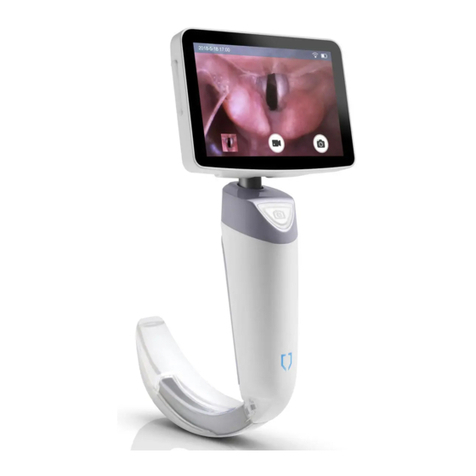
Contents
5SENSOR INFORMATION................................................................................................... 25
5.1 SENSOR INFORMATION TEST.....................................................................................................25
6MAINTENANCE ..................................................................................................................28
6.1 OVERVIEW................................................................................................................................ 28
6.2 PERIODIC MAINTENANCE..........................................................................................................28
6.3 BATTERY MAINTENANCE..........................................................................................................28
6.3.1 Checking the internal battery. ......................................................................................28
6.3.2 Remove an internal battery..........................................................................................29
6.3.3 Install the internal battery............................................................................................29
7CLEANING AND DISINFECTION..................................................................................... 31
7.1 PREPARATIONS .............................................................................................................................31
7.2 CLEANING....................................................................................................................................31
7.3 DISINFECTION............................................................................................................................... 32
7.4 AIR DRYING AND TRANSPORTATION ........................................................................................33
8CALIBRATION .................................................................................................................... 34
8.1 TOUCH SCREEN CALIBRATION..................................................................................................34
8.2 DOOR POTENTIOMETER CALIBRATION......................................................................................34
8.3 PRESSURE SENSOR CALIBRATION .............................................................................................36
8.4 UPPER/LOWER OCCLUSION LEVITATE VALUE CALIBRATION ...................................................36
8.5 PUMP HEAD PRESSURE ADJUSTMENT .......................................................................................37
8.6 PATIENT SIDE OCCLUSION PRESSURE CALIBRATION ................................................................38
8.7 FLUID SIDE OCCLUSION PRESSURE CALIBRATION ....................................................................38
8.8 INFUSION PUMP ACCURACY CALIBRATION...............................................................................38
9ALARMS AND TROUBLESHOOTING.............................................................................. 43
9.1 ALARM LEVELS ........................................................................................................................43
9.2 COMMON FAULTS AND TROUBLESHOOTING .............................................................................44
9.3 INFUSION PUMP FAULTS AND TROUBLESHOOTING....................................................................45
9.4 SYSTEM FAULTS AND TROUBLESHOOTING................................................................................47
9.5 CHECKS AFTER REPAIR.............................................................................................................50
10 DISASSEMBLY AND ASSEMBLY..................................................................................... 51
10.1 DISMANTLING THE BATTERY ...............................................................................................51
1.1 DISMANTLING THE REAR PANEL SOCKET ASSEMBLY .............................................................................52
1.2 DISMANTLING THE LOUDSPEAKER AND AC SOCKET ..............................................................................52
1.3 DISMANTLING THE AC-DC MODULE.................................................................................................53





































